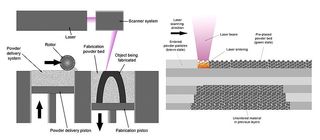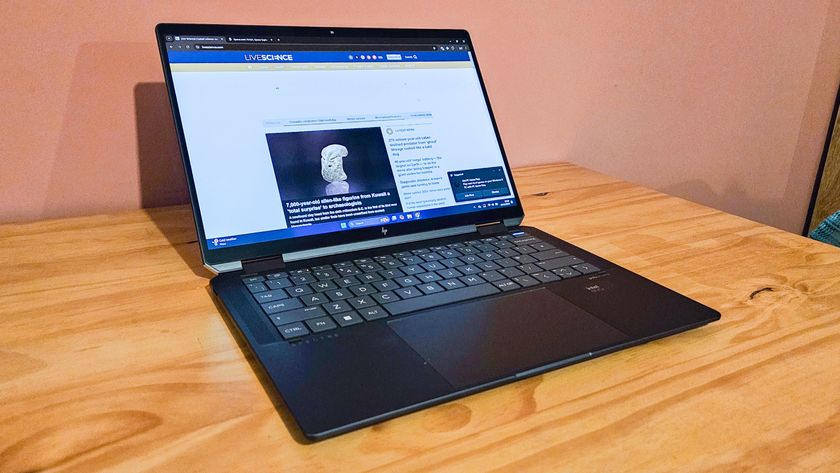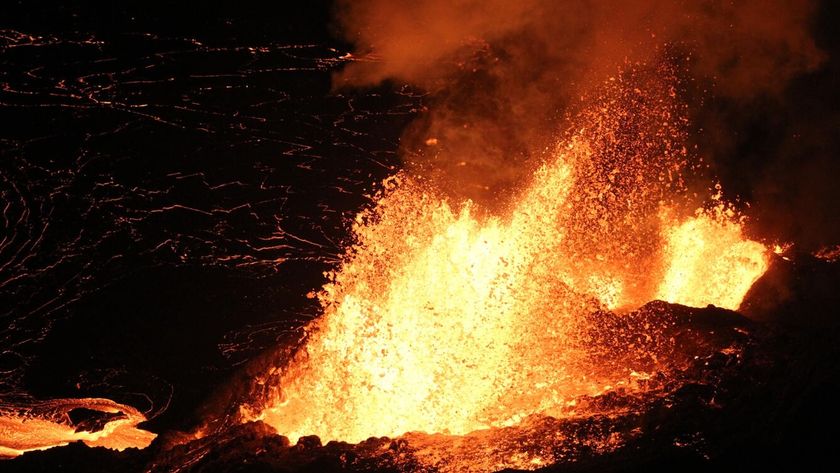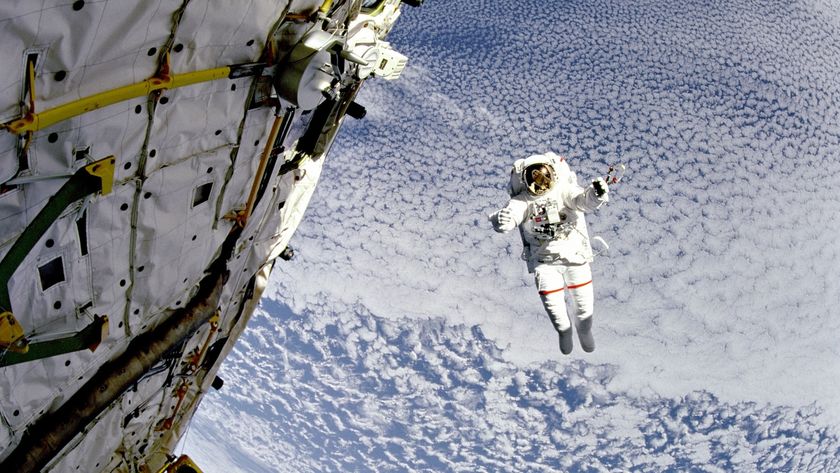What is Selective Laser Sintering?

Additive manufacturing, or 3D printing, is the process of turning digital designs into three-dimensional objects. It is a convenient and affordable way to make prototypes as well as finished products, making it popular with businesses, hobbyists and inventors.
One of the technologies used by today's 3D printers is called selective laser sintering (SLS). During SLS, tiny particles of plastic, ceramic or glass are fused together by heat from a high-power laser to form a solid, three-dimensional object.
The SLS process was developed and patented in the 1980s by Carl Deckard — then an undergraduate student at the University of Texas — and his mechanical engineering professor, Joe Beaman.
Deckard and Beaman were involved in the founding of one of the first 3D printing startups, Desk Top Manufacturing (DTM) Corp., in 1989. In 2001, DTM was sold to 3D Systems, a company that had previously developed its own, though much different, method of 3D printing known as stereolithography.
How it Works: SLS
While Deckard and Beaman patented the process of selective laser sintering, they were far from the first to use sintering — the process of creating objects from powders using atomic diffusion — to create a three dimensional object. Sintering has been used for thousands of years to create everyday objects like bricks, porcelain and jewelry.
Like all methods of 3D printing, an object printed with an SLS machine starts as a computer-aided design (CAD) file. CAD files are converted to .STL format, which can be understood by a 3D printing apparatus.
Objects printed with SLS are made with powder materials, most commonly plastics, such as nylon, which are dispersed in a thin layer on top of the build platform inside an SLS machine.
A laser, which is controlled by a computer that tells it what object to "print," pulses down on the platform, tracing a cross-section of the object onto the powder.
The laser heats the powder either to just below its boiling point (sintering) or above its boiling point (melting), which fuses the particles in the powder together into a solid form.
Once the initial layer is formed, the platform of the SLS machine drops — usually by less than 0.1mm — exposing a new layer of powder for the laser to trace and fuse together. This process continues again and again until the entire object has been printed.
When the object is fully formed, it is left to cool in the machine before being removed.
Unlike other methods of 3D printing, SLS requires very little additional tooling once an object is printed, meaning that objects don't usually have to be sanded or otherwise altered once they come out of the SLS machine.
SLS doesn't require the use of additional supports to hold an object together while it is being printed. Such supports are often necessary with other 3D printing methods, such as stereolithography or fused deposition modeling, making these methods more time-consuming than SLS.
[See also: 3D Printing: What a 3D Printer Is and How It Works]
What gets made
SLS machines can print objects in a variety of materials, such as plastics, glass, ceramics and even metal (which is a related process known as direct metal laser sintering). This makes it a popular process for creating both prototypes as well as final products.
SLS has proved to be particularly useful for industries that need only a small quantity of objects printed in high quality materials. One example of this is the aerospace industry, in which SLS is used to build prototypes for airplane parts.
Because airplanes are built in small quantities and remain in service for many years, it isn't cost-effective for companies to produce physical molds for airplane parts. These molds would be too expensive to make and would then need to be stored for long periods of time without being damaged or corroded.
Using SLS, companies can create prototypes that are stored digitally as .STL files, which they can redesign or reprint as needed.
Because SLS machines can print in a range of high-quality materials, from flexible plastic to food-grade ceramic, SLS is also a popular method for 3D printing customized products, such as hearing aids, dental retainers and prosthetics.
And because objects printed with SLS don't rely on molds or require additional tooling, this method of manufacturing is also useful for anyone that wishes to print a highly complex or particularly delicate object.
Companies using SLS
3D Systems Inc. is the company most often associated with SLS printing in the United States. The company prints build-to-order parts for customers, but it also sells its SLS machines for use in business and manufacturing.
There are also many companies around the United States that use SLS machines to provide their clients with high-quality prototypes and finished parts.
SLS at home
While there are many desktop 3D printers on the market, most of these printers use a method of printing down as fused deposition modeling (FDM), not SLS.
Because SLS requires the use of high-powered lasers, it is often more expensive (and potentially more dangerous) for use at home. However, there are several intrepid inventors out there who are working on their own versions of desktop SLS printers.
Andreas Bastian, an engineering student at Swarthmore College, recently developed a low-cost SLS printer that creates wax and carbon objects.
And the Focus SLS printer is another "homemade" SLS machine that could bring this technology into the homes of consumers. The instructions for building your own Focus SLS printer are available on Thingiverse.
Follow Elizabeth Palermo on Twitter @techEpalermo or Google+. Follow LiveScience on Twitter @livescience. We're also on Facebook& Google+.
Sign up for the Live Science daily newsletter now
Get the world’s most fascinating discoveries delivered straight to your inbox.

Elizabeth is a former Live Science associate editor and current director of audience development at the Chamber of Commerce. She graduated with a bachelor of arts degree from George Washington University. Elizabeth has traveled throughout the Americas, studying political systems and indigenous cultures and teaching English to students of all ages.


